Succulents You Can Propagate Easily This Winter
If you are just getting started with propagating succulents it can be tricky to figure out which ones propagate from leaves, which do better with cuttings, and which will create babies easily on their own.
Having one succulent is fun, but having dozens is even better! Especially when they grow more succulents without a lot of extra work.
Most succulents can be propagated from cuttings and many from leaves. There is also a large selection that “pup” or put off new growth all on their own.
Let's dive into which succulents propagate with little or no help.
Warning (before we go further)
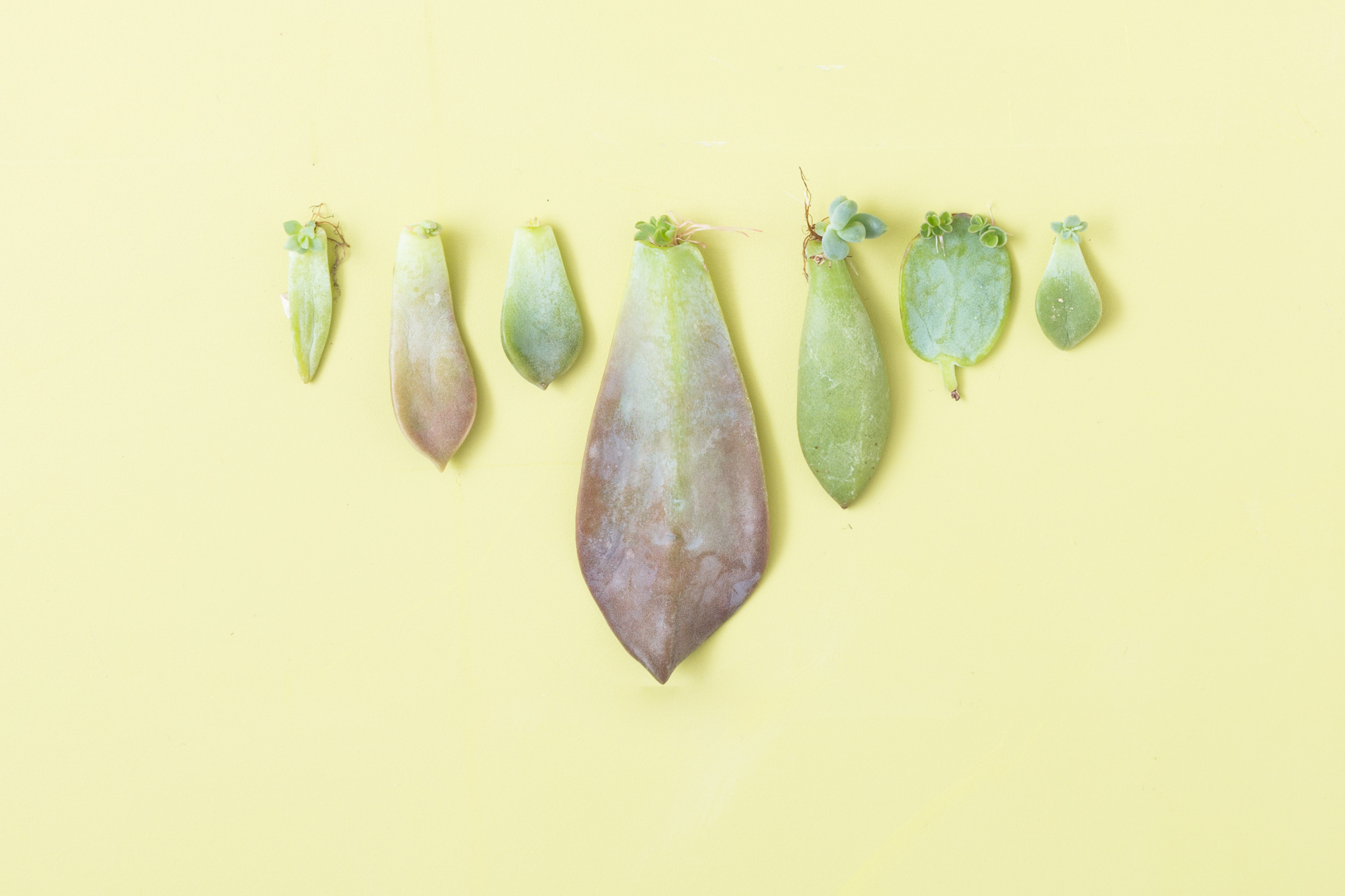
Once you get started propagating succulents you're in for a full-blown addiction. It's hard not to save every little piece and see if you can get more plants to grow. There's not much that can beat the feeling of growing a new little rosette from a random plant scrap. So get ready to have some fun!
Kalanchoe daigremontiana | “Mother of Thousands”
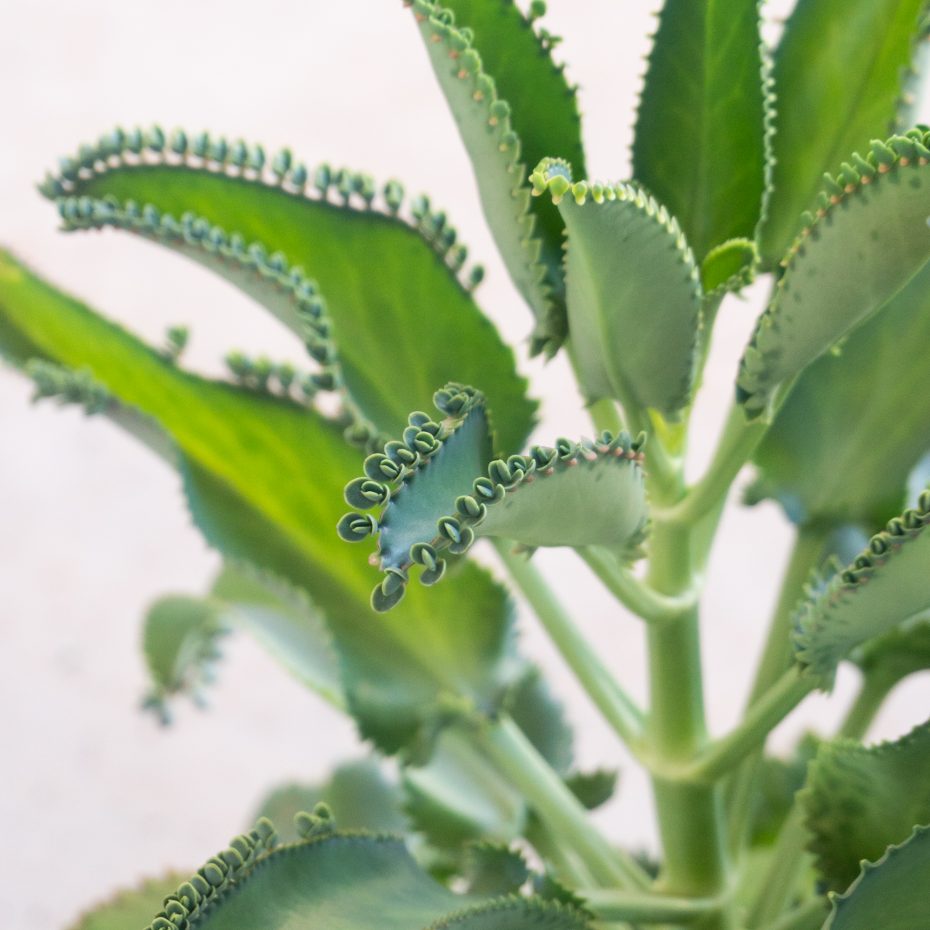
This plant is actually considered a noxious weed in various parts of the world because it is so prolific. I tried to buy one from a guy in Florida when I was writing my book on succulent care, but he refused, constantly telling me how awful this plant is.
I love it though! It grows little babies along the edge of its leaves. When the babies start to get roots of their own, they fall off the mother plant and start the process all over again. It is so fun to see the edge of these leaves overflowing with new little babies!
If you really want to have a lot of succulents (even if they're all the same kind) then Mother of Thousands is the perfect plant for you.
Graptosedum ‘California Sunset'
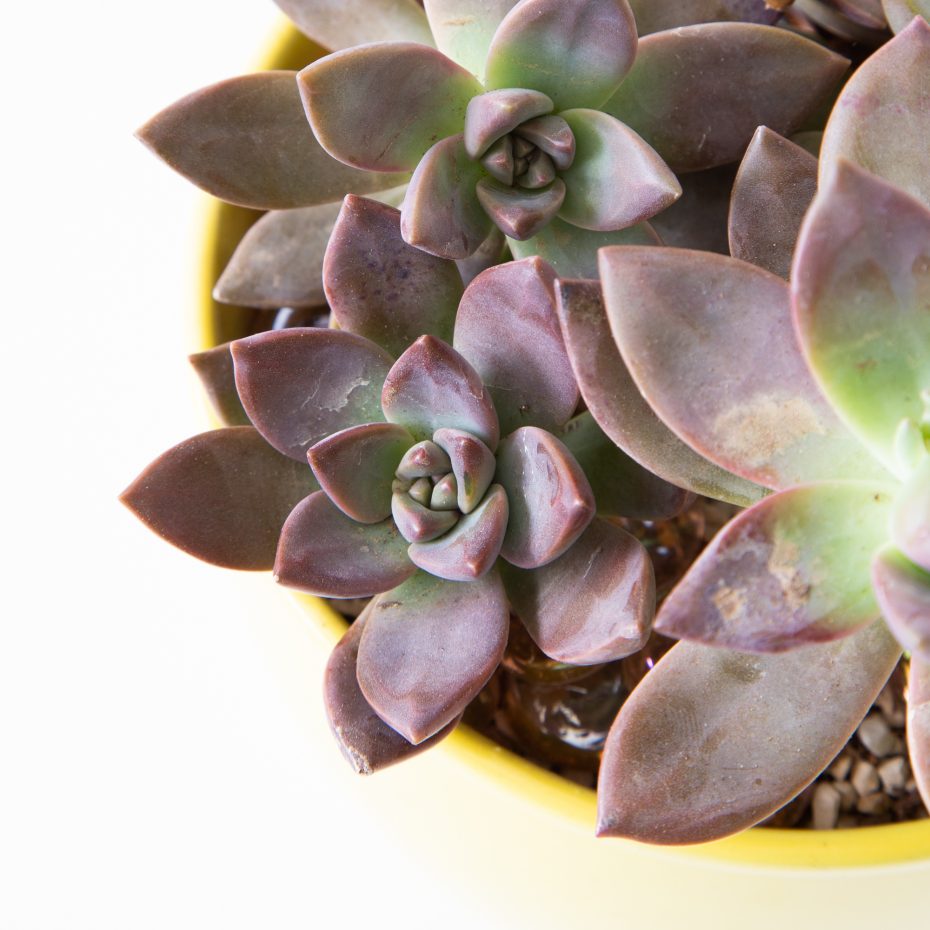
Graptosedum 'California Sunset' is one tough cookie. Just like other rosette succulents on the list, this guy propagates easily from leaves and cuttings. It forms nice clumps of rosettes as it gets larger.
You may also find that it produces 2-3 rosettes on each chubby leaf you propagate! A special treat for you 🙂
It does require quite a bit of sunlight to maintain a deep red color, so once it's fully grown you'll want it somewhere that gets bright light all day.
Sedum morganianum 'Burrito'
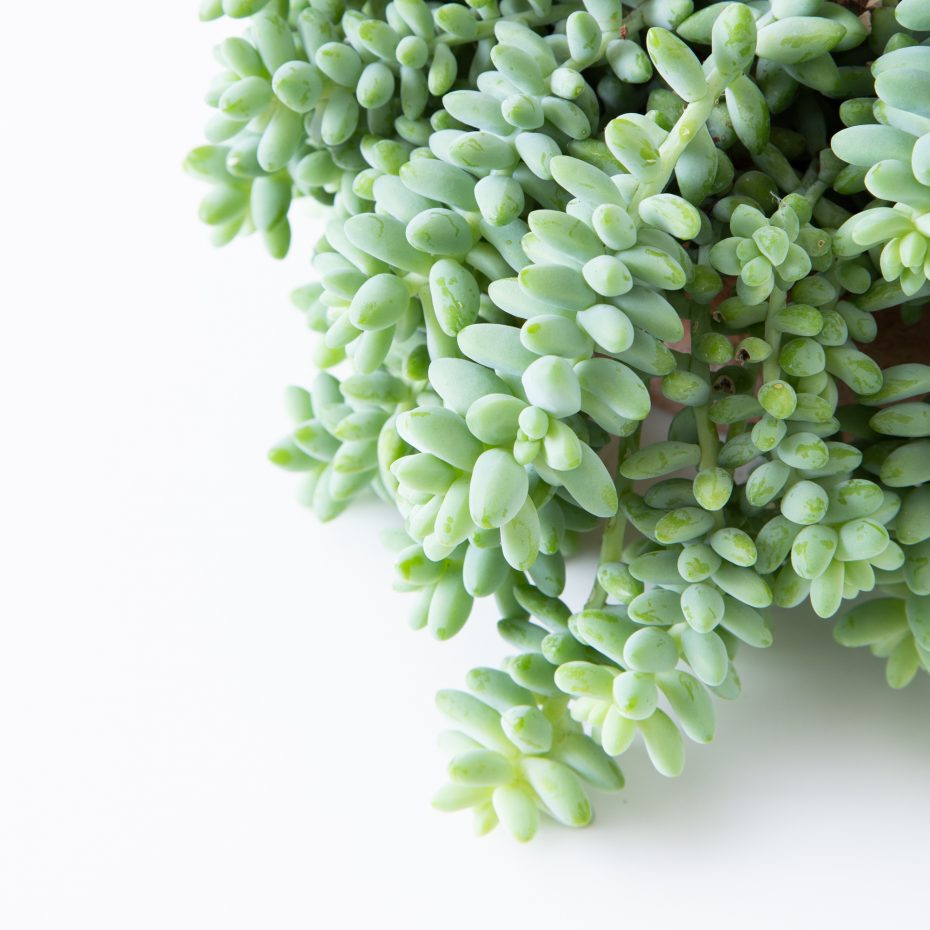
Sedum 'Burrito' is one of my personal favorite succulents to propagate from leaves. It also does extremely well from cuttings. It's just an all-around survivor.
I love that it can be used as a trailing plant in arrangements. It's not uncommon to see these growing several feet long in areas where they can be left untouched.
Graptopetalum paraguayense | Ghost Plant
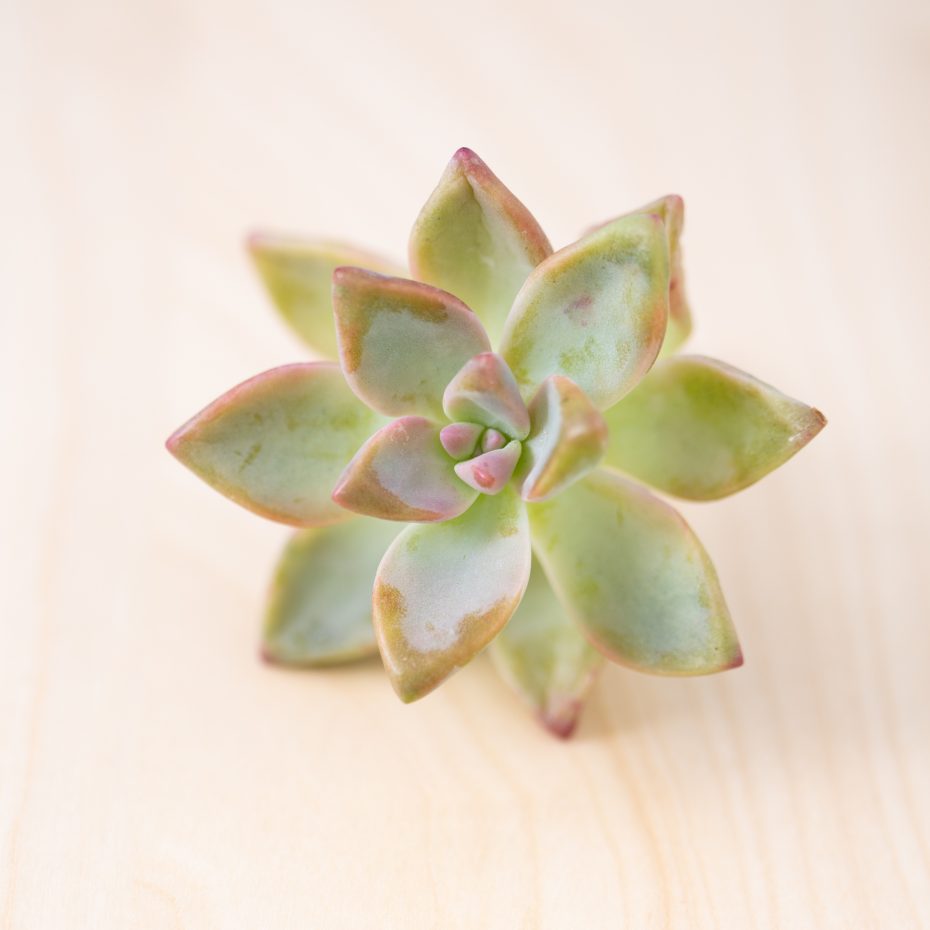
If you need a super fast-growing succulent that also propagates easily, then Ghost Plant is the succulent for you. This succulent grows faster than any others I've seen. It's not great for indoors, but if you have a sunny spot outside it will thrill you for years!
It can easily be propagated from leaves and cuttings, forming the most perfect little rosettes you've seen. Plus, it seems to grow in a variety of pastel colors from pinks to greens, even yellows and purples depending on the amount of light and water it gets.
Sedum rubrotinctum | Jelly Bean Succulent
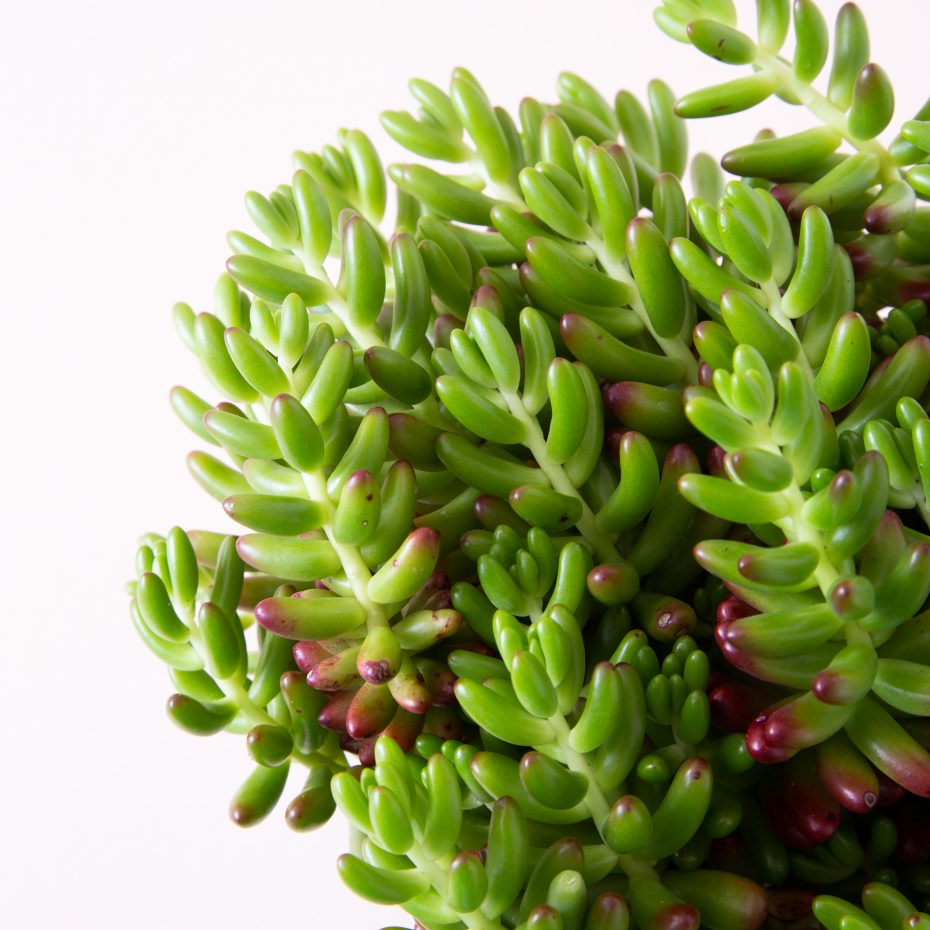
Ahhh, the jelly bean plant. Don't you just want to squish them? Sedum rubrotinctum is very similar to Sedum morganianum but more colorful and equally prolific.
The leaves of this plant fall off quite easily. Don't worry though! Those leaves will produce a baby plant in no time. You can also take cuttings of this guy and plant them elsewhere or share them with a friend. It's a giver!
Graptoveria ‘Fred Ives'
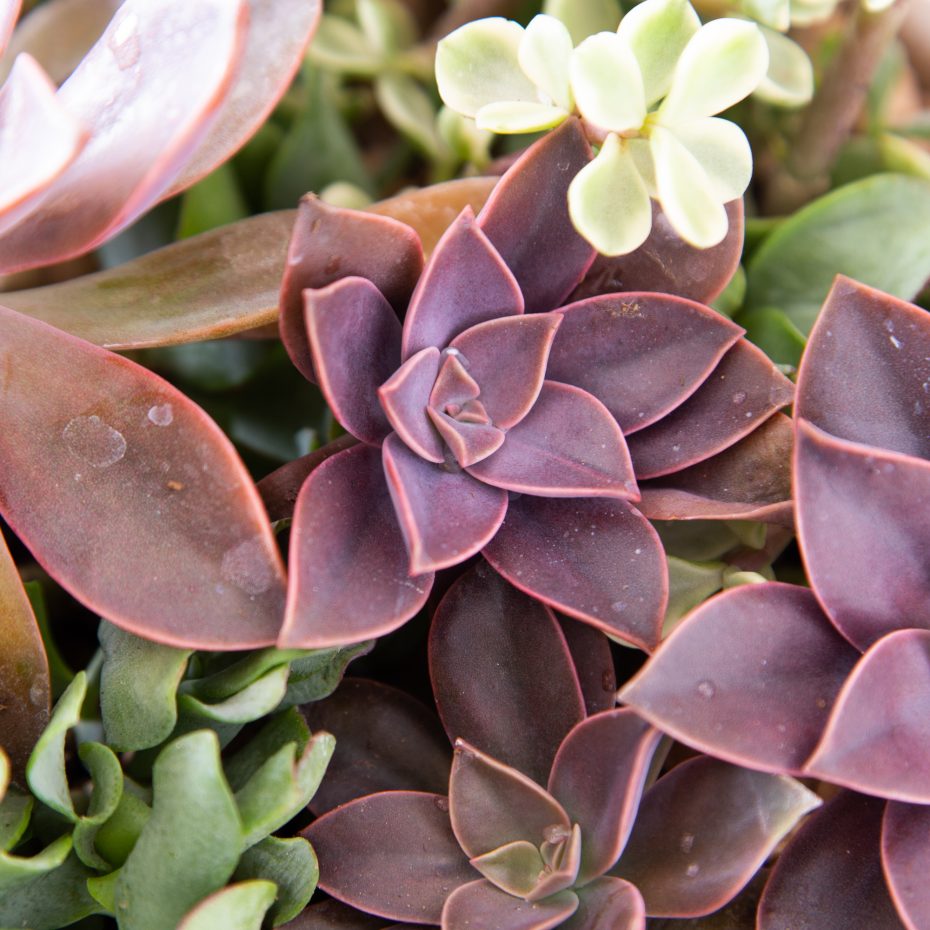
How can you resist the gorgeous coloring of Graptoveria 'Fred Ives'? I have been hooked on this succulent for quite some time. He propagates extremely easily from leaves, cuttings, seeds, and even just a bare stem!
My sister-in-law had a really leggy Fred Ives that was getting unsightly. We cut off the head and planted it in a new pot. We kept the base which put off new offshoots. I also chopped up a few pieces of the stem that were completely bare. We planted them in soil, watered them occasionally, and they grew new rosettes too!
Seriously, this guy is awesome!
Sempervivum varieties
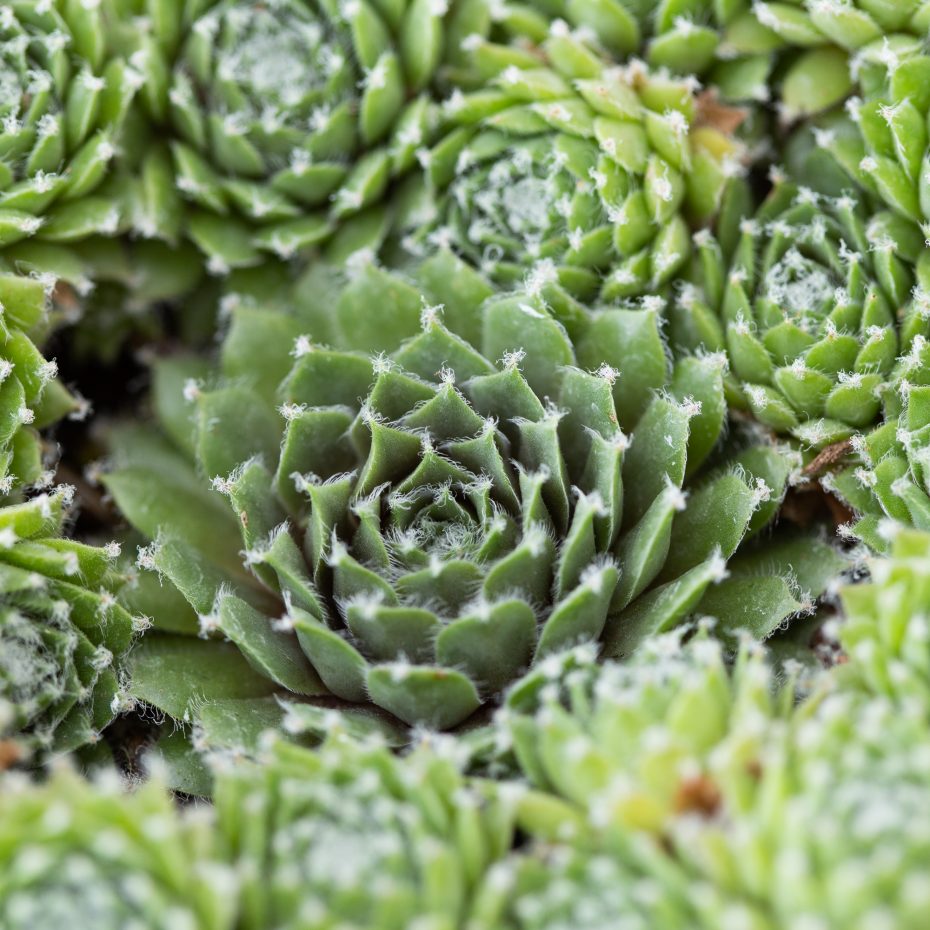
If you live in an area that gets snow and frost during the winter, this last succulent is going to be your favorite. Pictured above is an arachnoideum variety of Sempervivum, also called houseleeks or hens and chicks.
These succulents can tolerate freezing temperatures with ice and snow. When spring arrives, they will start to put off new babies like wild rabbits. By the end of summer, you'll have so many you won't know what to do with them.
You'll find these to be a great option for filling pots as well as ground cover.
But that's not all!
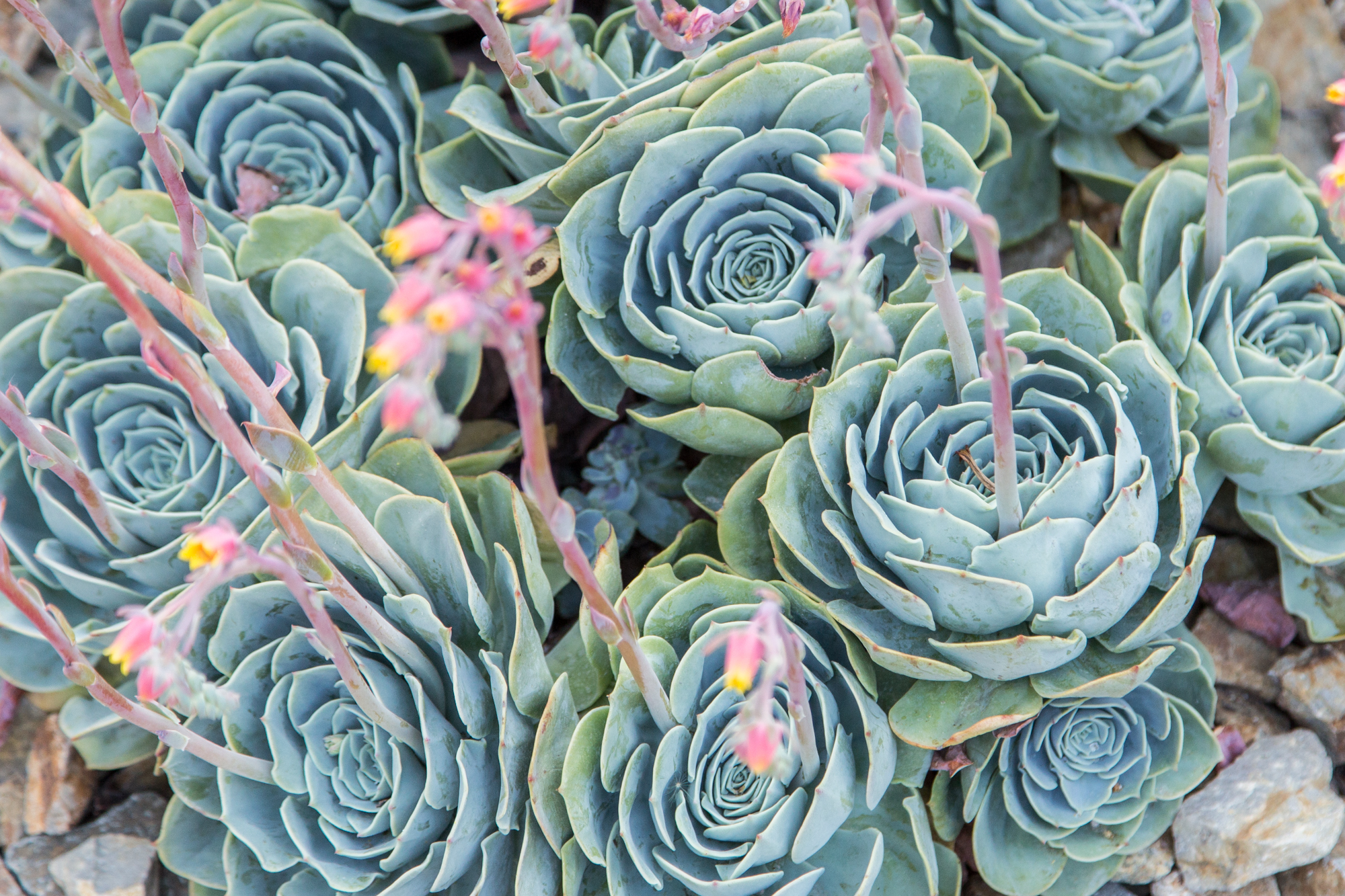
These are just 7 of some amazingly prolific propagating succulents. I asked some of my succulent friends what some of their favorite prolific propagators are and ended up with a huge list!
Here are just a few: Echeveria imbricata, Aloe vera, Cremnosedum ‘Little Gem', Graptoveria ‘Alpen Glow', Portulaca molokiniensis, Mammillaria elongata, “String of Pearls”, Kalanchoe tomentosa, Mammillaria gracilis fragilis, Kalanchoe 'Aurora Borealis', Kalanchoe marmota, Aloe nobilis, and Senecio mandraliscae.
Add some of these to your collection and start propagating succulents!
Yes, Your Succulent Is Probably Dying, But Here's What To Do About It
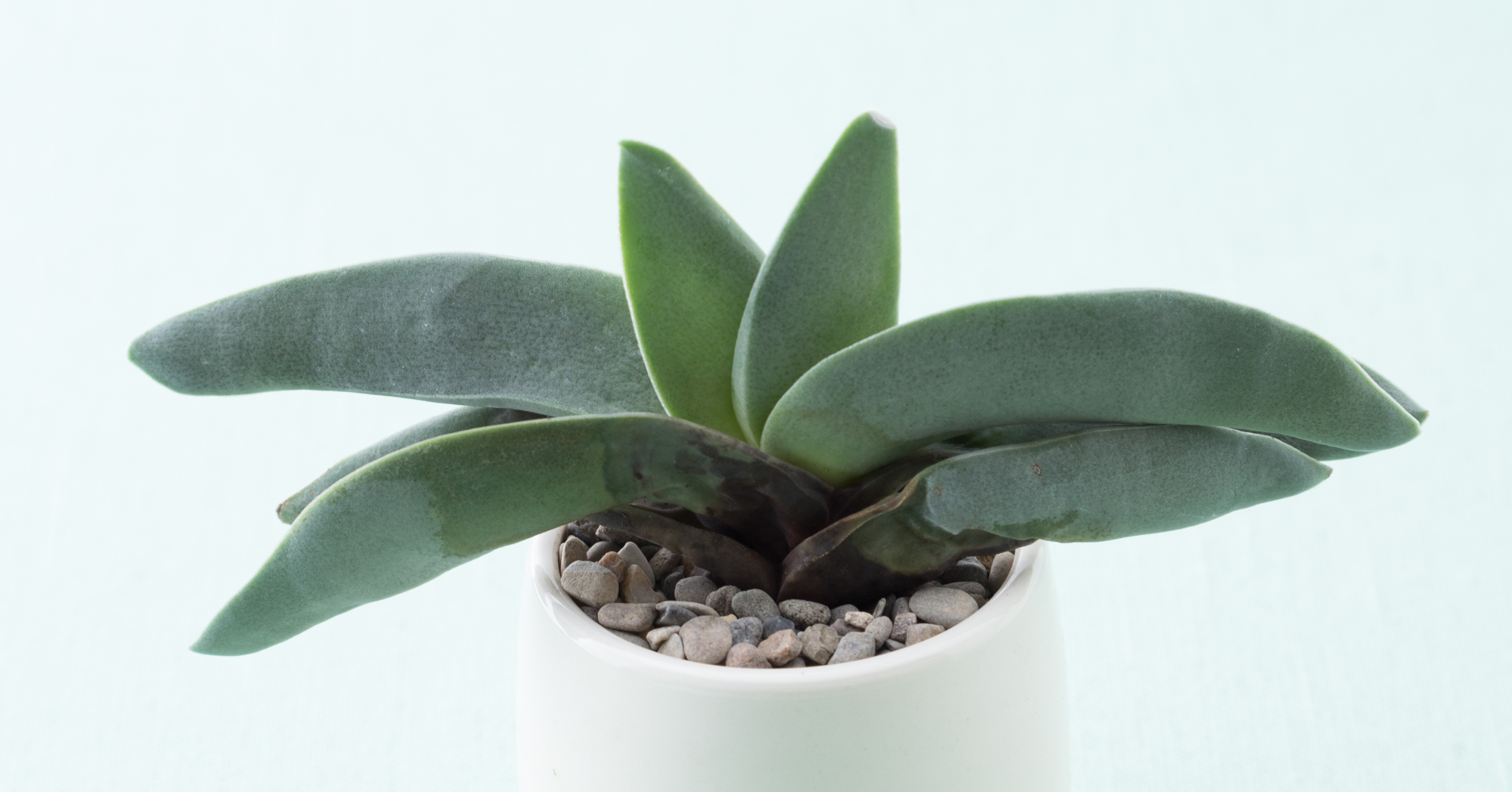
There are a number of reasons your succulent might not be looking great. Find out how to tell what's wrong with your succulent and how you can fix it or prevent it from happening again.
Stop the stretching: How to fix one of the most common succulent problems
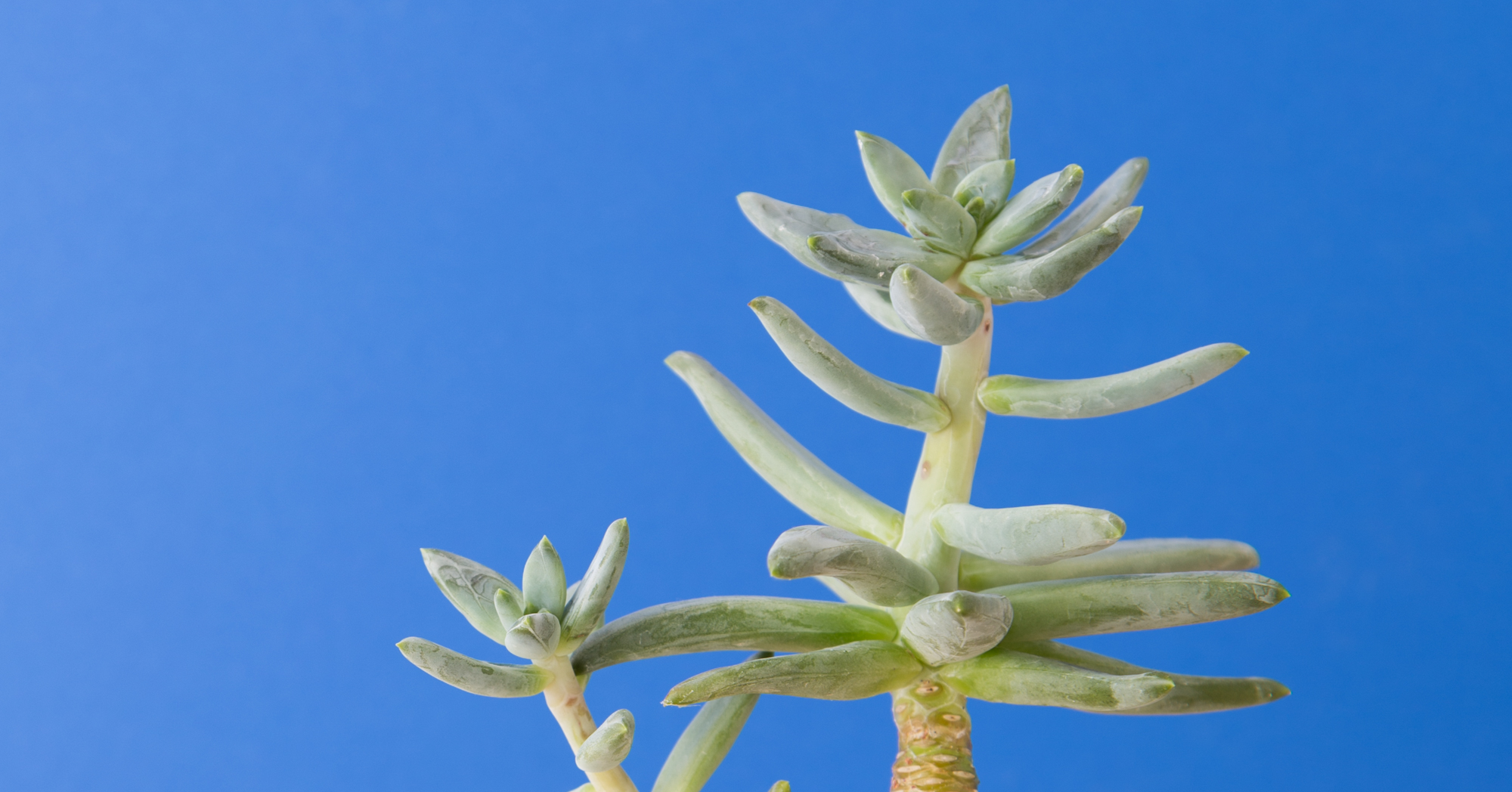
If you're growing succulents inside, you might notice they start to lose their color, get more space between their leaves and begin to look more thin and weak. Succulents that start to get tall like this aren't as healthy as they should be and can eventually end up with more problems. Learn how to stop your succulent from stretching so it can grow healthy and strong.
Save Your Succulents With This Critical Watering Technique And Look Like A Pro
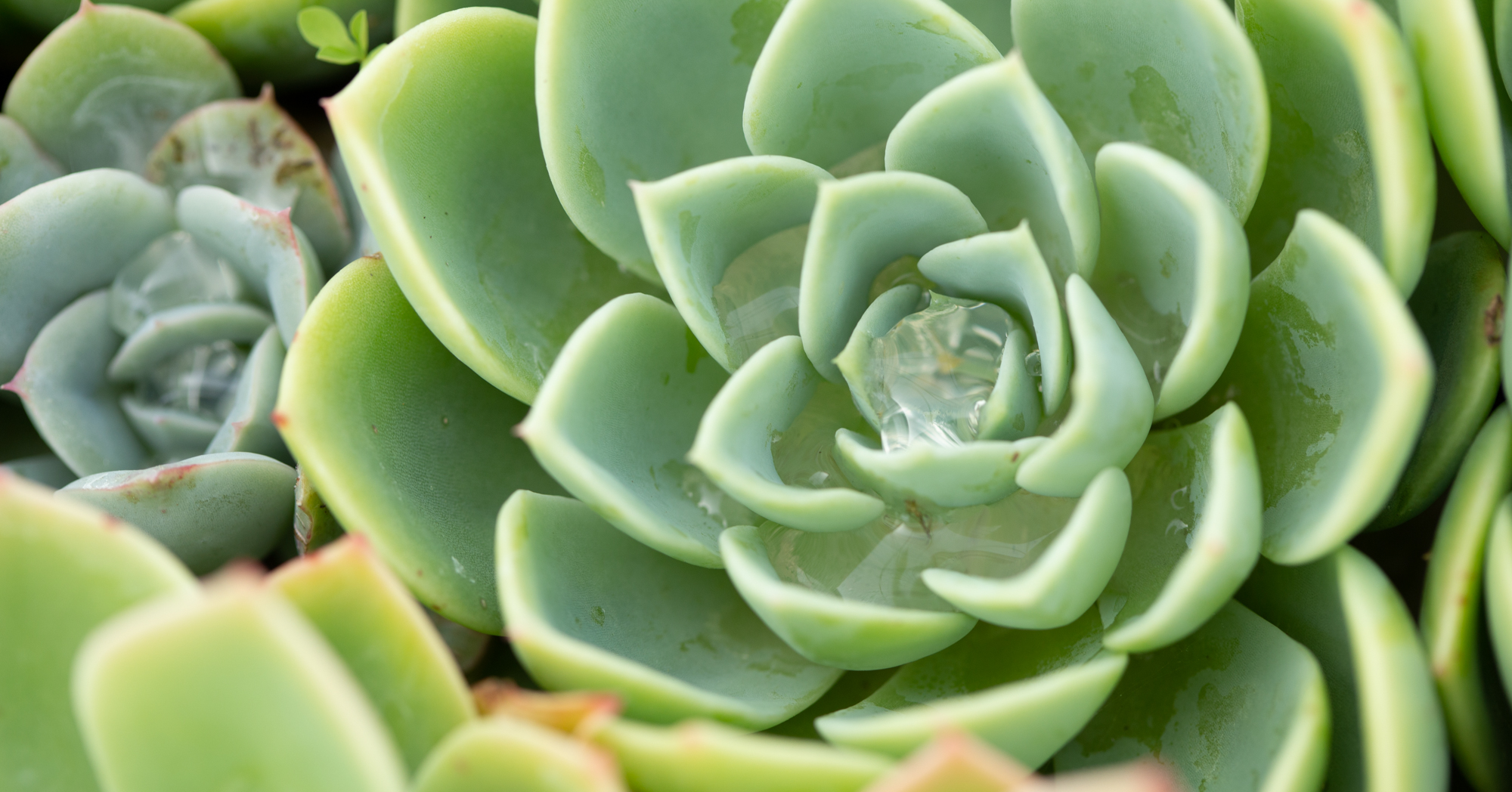
A big part of keeping succulents healthy is providing them with the right environment. You'll want to pay attention to the soil they're in, how much sunlight they're getting, and most importantly, how often you're watering them. The method and frequency of watering succulents are critical to preventing rot while encouraging lots of new growth.
What Succulent is Best for You?
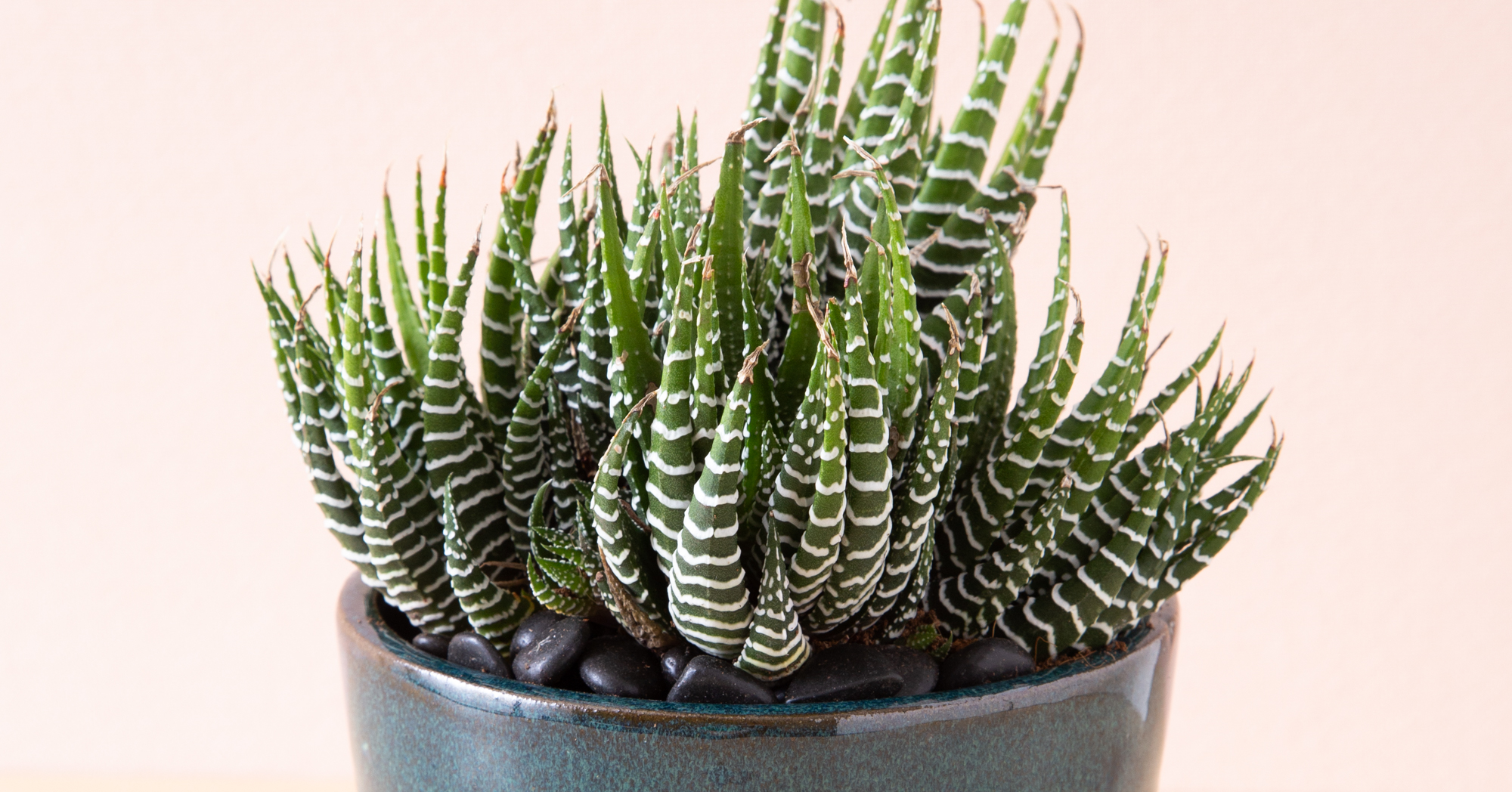
There are thousands of succulent varieties, and not all of them will grow well in your climate or may require more (or less) work than you want to put in. It's important to know how much light and water your succulent plants need to thrive so you can select the plant that's best suited for you.
Expert Tips for Creating Stunning Succulent Arrangements
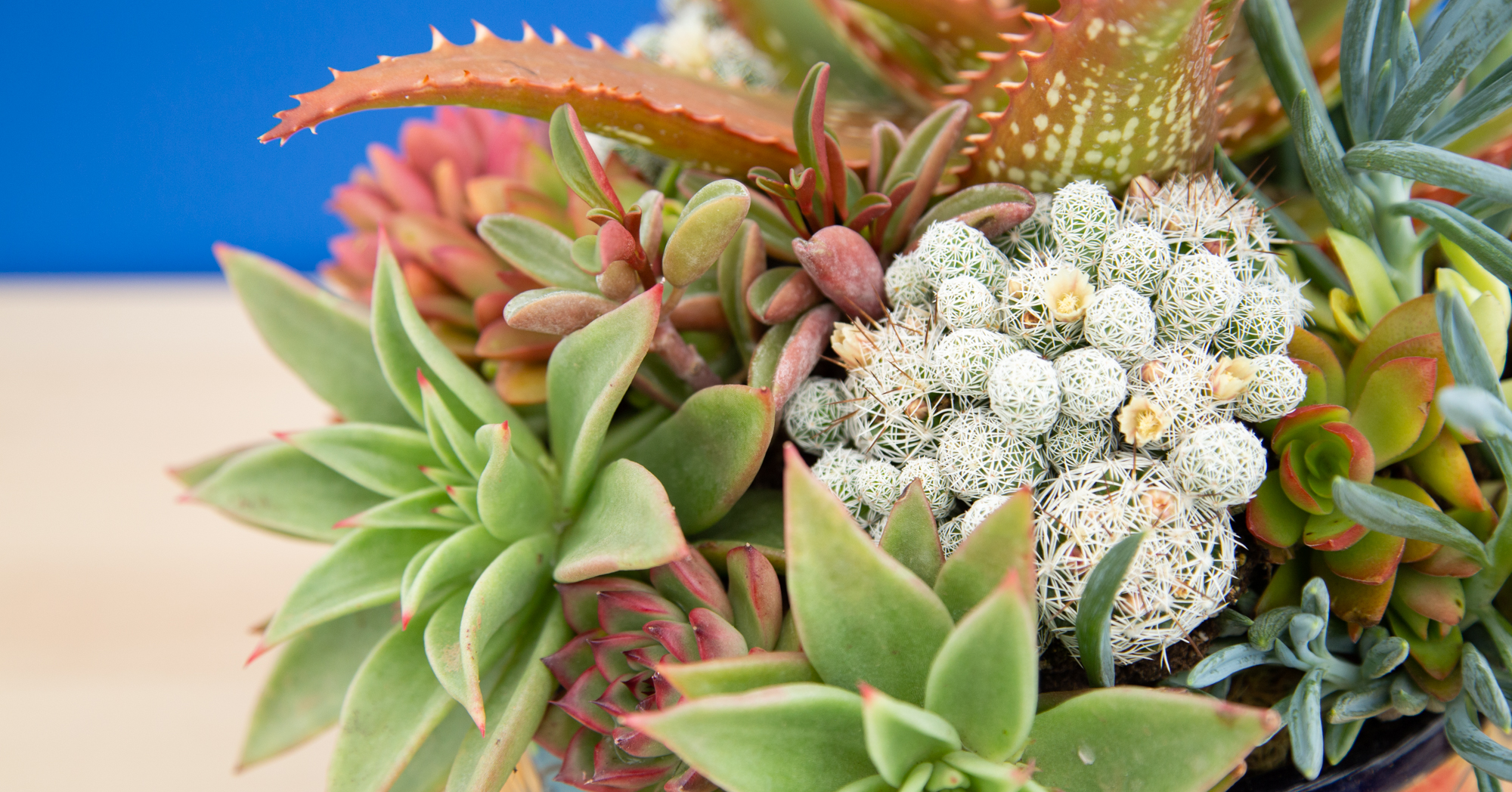
Figuring out which succulents to combine together to make a beautiful arrangement can be daunting. But with these tips from succulent design experts, you'll be able to put together crowd-pleasing arrangements easily, whether it's in pots or in the ground.
This article originally appeared on Succulents and Sunshine.